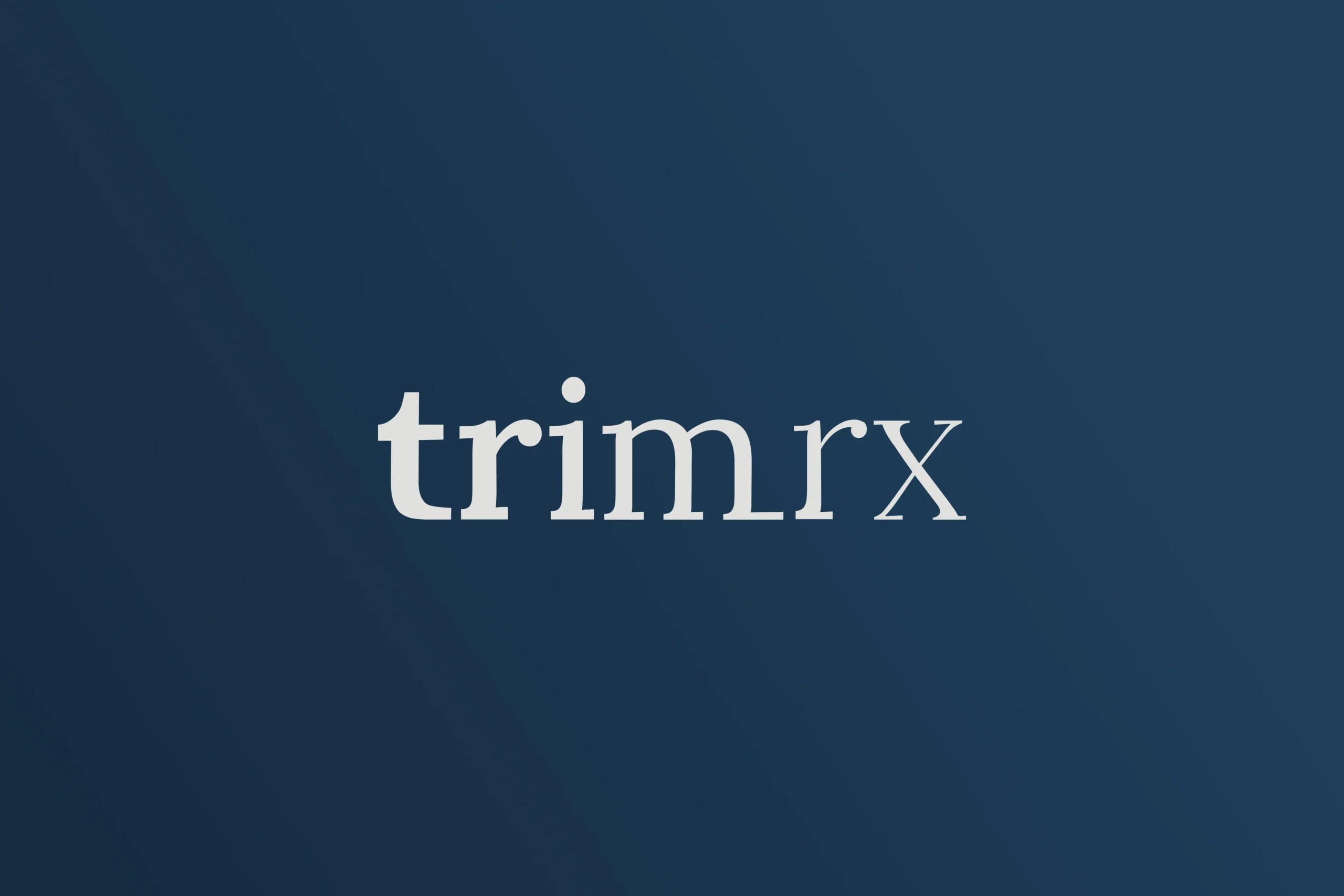Can GLP-1 and DPP-4 Be Used Together? An In-Depth Exploration

Introduction
Did you know that approximately 463 million adults worldwide live with diabetes, and the numbers are expected to rise dramatically in the coming years? As we seek effective strategies for managing this chronic condition, medications targeting the incretin system, such as GLP-1 (glucagon-like peptide-1) and DPP-4 (dipeptidyl peptidase-4) inhibitors, have gained prominence. This blog post will explore the potential for using GLP-1 and DPP-4 medications together, a question that has sparked considerable interest in the medical community.
The incretin hormones are crucial players in glucose metabolism, facilitating insulin secretion in response to meals while suppressing glucagon secretion. Given their complementary mechanisms, one might wonder if combining GLP-1 receptor agonists with DPP-4 inhibitors could yield synergistic benefits in glycemic control. However, clinical guidelines and research suggest otherwise. In this article, we will dissect the roles of GLP-1 and DPP-4 inhibitors, the evidence surrounding their co-administration, and the current recommendations from leading diabetes organizations.
By the end of this post, you will gain insights into the complexities of these medications, understand why their combination is not typically recommended, and learn about alternative strategies for effectively managing type 2 diabetes. Let’s embark on this journey together, ensuring you have a comprehensive understanding of the subject at hand.
Understanding GLP-1 and DPP-4 Inhibitors
What is GLP-1?
GLP-1 is an incretin hormone produced in the intestines in response to food intake. It has several important functions, including:
- Stimulating Insulin Secretion: GLP-1 enhances the secretion of insulin from pancreatic beta cells in a glucose-dependent manner, meaning it works best when glucose levels are elevated.
- Suppressing Glucagon: It inhibits glucagon secretion from alpha cells, which helps reduce hepatic glucose production.
- Slowing Gastric Emptying: This action promotes satiety, leading to reduced food intake and aiding in weight management.
Given these effects, GLP-1 receptor agonists (like semaglutide and liraglutide) have become integral in managing type 2 diabetes, offering not just glycemic control but also weight loss benefits.
What is DPP-4?
Dipeptidyl peptidase-4 (DPP-4) is an enzyme that inactivates incretin hormones, including GLP-1. DPP-4 inhibitors work by blocking this enzyme’s action, thus prolonging the half-life of incretins in the bloodstream. This leads to:
- Increased GLP-1 Levels: By inhibiting DPP-4, these medications allow GLP-1 levels to rise, contributing to improved insulin secretion and glucagon suppression.
- Minimal Risk of Hypoglycemia: DPP-4 inhibitors do not stimulate insulin release in a glucose-independent manner, making hypoglycemia a rare occurrence when used alone.
Examples of DPP-4 inhibitors include sitagliptin, saxagliptin, and linagliptin. While they have a favorable safety profile and are generally well tolerated, their glycemic effects are often less robust compared to GLP-1 receptor agonists.
The Question of Combination Therapy
Can GLP-1 and DPP-4 Be Used Together?
The short answer is that the concurrent use of GLP-1 receptor agonists and DPP-4 inhibitors is generally not recommended due to the lack of additional clinical benefit. The rationale behind this stems from several key considerations:
-
Mechanistic Overlap: Both classes of medications enhance the action of GLP-1, albeit through different mechanisms. GLP-1 receptor agonists provide a direct action on the GLP-1 receptors, while DPP-4 inhibitors prevent the degradation of endogenous GLP-1. When used together, the incremental benefit of adding a DPP-4 inhibitor to a GLP-1 receptor agonist is minimal, given that both aim to elevate GLP-1 levels.
-
Clinical Guidelines: Recommendations from the American Diabetes Association (ADA) and American Association of Clinical Endocrinologists (AACE) explicitly advise against this combination. They state that the evidence does not support the joint use of these agents, as the potential for enhancing glycemic control does not justify the increased complexity and cost of therapy.
-
Efficacy Studies: Numerous clinical trials have shown that while both classes of medications are effective in lowering HbA1c, using them together does not provide superior outcomes compared to monotherapy with either agent. Studies comparing GLP-1 receptor agonists to DPP-4 inhibitors have consistently demonstrated that GLP-1 receptor agonists achieve greater reductions in HbA1c and often provide additional benefits such as weight loss.
Current Recommendations
Given the findings and the consensus among healthcare professionals, the current recommendations suggest that healthcare providers should avoid using GLP-1 and DPP-4 inhibitors concurrently. Instead, patients who do not achieve adequate glycemic control with one class of medication may benefit from switching to the other class or considering alternative treatment options.
Alternative Strategies for Managing Type 2 Diabetes
Focus on Lifestyle Modifications
While medications play a crucial role in managing type 2 diabetes, lifestyle interventions should remain a foundational aspect of treatment. These include:
- Dietary Changes: Encouraging a balanced diet rich in whole foods, fiber, lean proteins, and healthy fats can significantly impact blood sugar control.
- Physical Activity: Regular exercise improves insulin sensitivity and helps with weight management, contributing to better overall health outcomes.
- Behavioral Support: Psychological support and counseling can assist patients in making sustainable lifestyle changes.
Exploring Other Medication Options
In cases where patients struggle to achieve their glycemic targets with either GLP-1 receptor agonists or DPP-4 inhibitors, other medication classes may be appropriate. These include:
- SGLT-2 Inhibitors: These medications promote glucose excretion through urine and can aid in weight loss and cardiovascular health.
- Insulin Therapy: For patients with more advanced diabetes, insulin therapy may be necessary to achieve optimal glycemic control.
Conclusion
In summary, while GLP-1 and DPP-4 inhibitors both play important roles in the management of type 2 diabetes, they are not typically recommended for concurrent use due to the lack of additional clinical benefits. Instead, focusing on lifestyle modifications and considering alternative treatment options can provide patients with effective strategies for managing their condition.
At TrimRx, we are committed to providing personalized, medically supervised weight loss solutions that integrate lifestyle changes with effective medication management, ensuring that each patient’s journey is as unique as they are. If you’re exploring personalized treatment options for weight loss or diabetes management, we encourage you to take our free assessment quiz to discover tailored solutions that align with your health goals.
FAQ
1. What are the main functions of GLP-1 in the body?
GLP-1 stimulates insulin secretion, suppresses glucagon release, and slows gastric emptying, all of which help regulate blood sugar levels.
2. Why are DPP-4 inhibitors considered less effective than GLP-1 receptor agonists?
While both classes enhance GLP-1 activity, GLP-1 receptor agonists provide a direct and more potent stimulation of GLP-1 receptors, leading to greater reductions in HbA1c and weight loss.
3. What are the current recommendations regarding the use of GLP-1 and DPP-4 inhibitors together?
Current clinical guidelines advise against the concurrent use of GLP-1 receptor agonists and DPP-4 inhibitors due to the lack of additional clinical benefit.
4. What lifestyle changes can help manage type 2 diabetes?
Dietary modifications, regular physical activity, and behavioral support are crucial for managing type 2 diabetes effectively.
5. What other medications can be considered if GLP-1 or DPP-4 inhibitors are insufficient?
SGLT-2 inhibitors and insulin therapy are alternative options that may be considered for better glycemic control in patients not adequately managed by GLP-1 or DPP-4 inhibitors.
By understanding these medications and their implications, we can better navigate the complexities of diabetes management and work toward a healthier future together.
Keep reading
How to Increase GLP-1: Natural Strategies for Weight Management
Introduction Did you know that the impact of a small hormone produced in your gut could influence your appetite, weight, and overall metabolic health?…
Tips and Strategies for Managing GLP-1 Constipation Effectively
Introduction Constipation can be an uncomfortable and frustrating experience, especially for those who are navigating the complexities of weight loss with GLP-1 (glucagon-like peptide-1)…
Are Compounded GLP-1s Going Away? Understanding the Future of Weight Loss Medications
Imagine a world where millions of individuals who have benefited from compounded GLP-1 medications suddenly find their access threatened. This is not just a…
What Foods Should You Avoid While Taking GLP-1?
When embarking on a weight loss journey, understanding the relationship between what we eat and how it affects our body is crucial. This is…
Who Should Take GLP-1 for Weight Loss?
When we think about weight loss, the journey can often feel overwhelming. With so many options available, from traditional diets to surgical interventions, it…
Does Fiber Increase GLP-1? Exploring the Connection
Introduction Have you ever wondered why some foods seem to keep you feeling full longer? It turns out, the answer might lie in fiber….
How Fast Does GLP-1 Work for Weight Loss? A Comprehensive Guide
Introduction In our quest for healthier lifestyles, many of us have encountered the frustration of stalled weight loss, despite our best efforts in dieting…
How GLP-1 Agonists Facilitate Weight Loss: A Comprehensive Insight
Introduction Did you know that nearly 70% of adults in the United States are classified as overweight or obese? This staggering statistic highlights a…
Do GLP-1 Lower Cholesterol? Insights into Heart Health Benefits
The connection between our weight, cholesterol levels, and overall heart health can sometimes feel like a complex puzzle. For many of us striving to…

